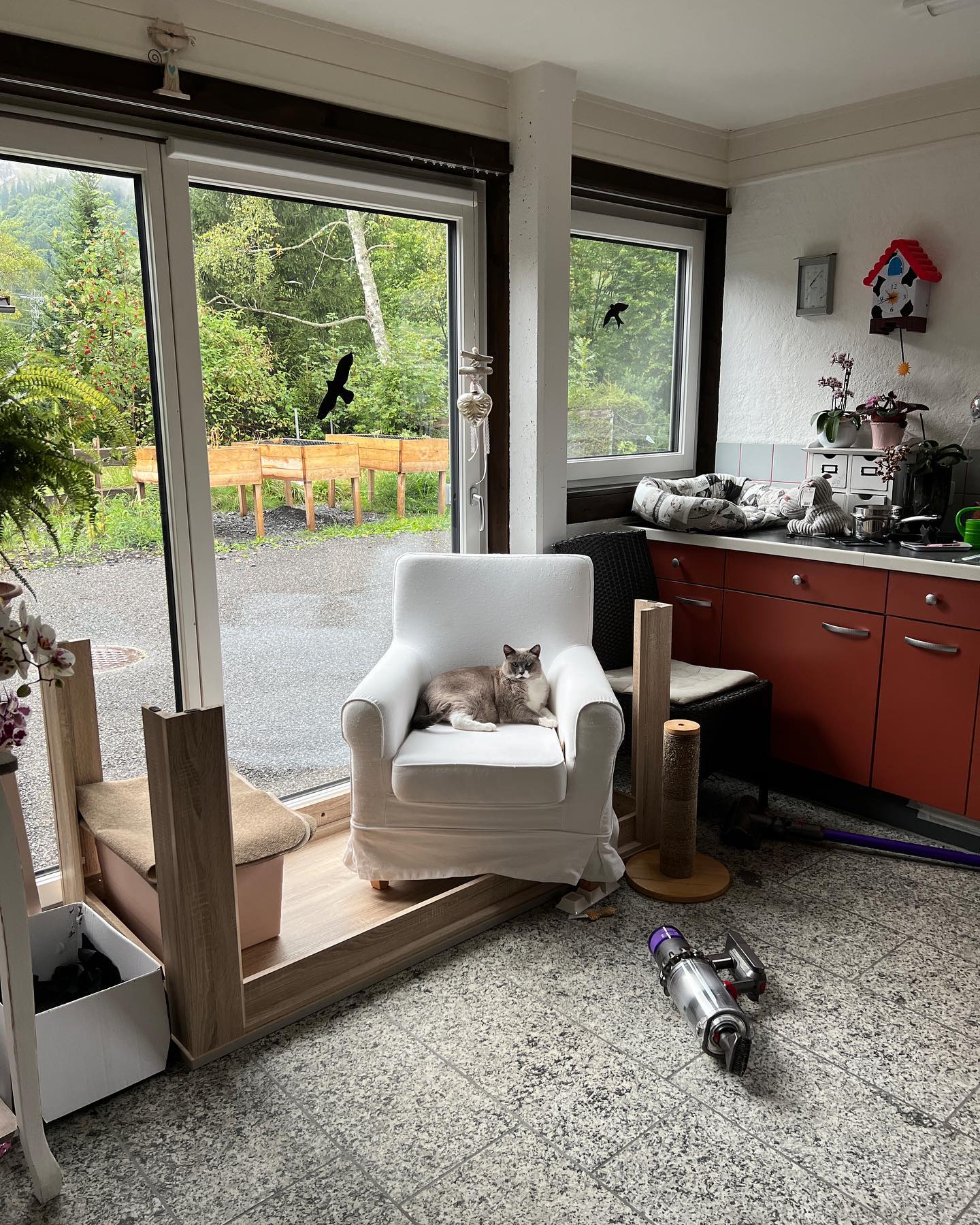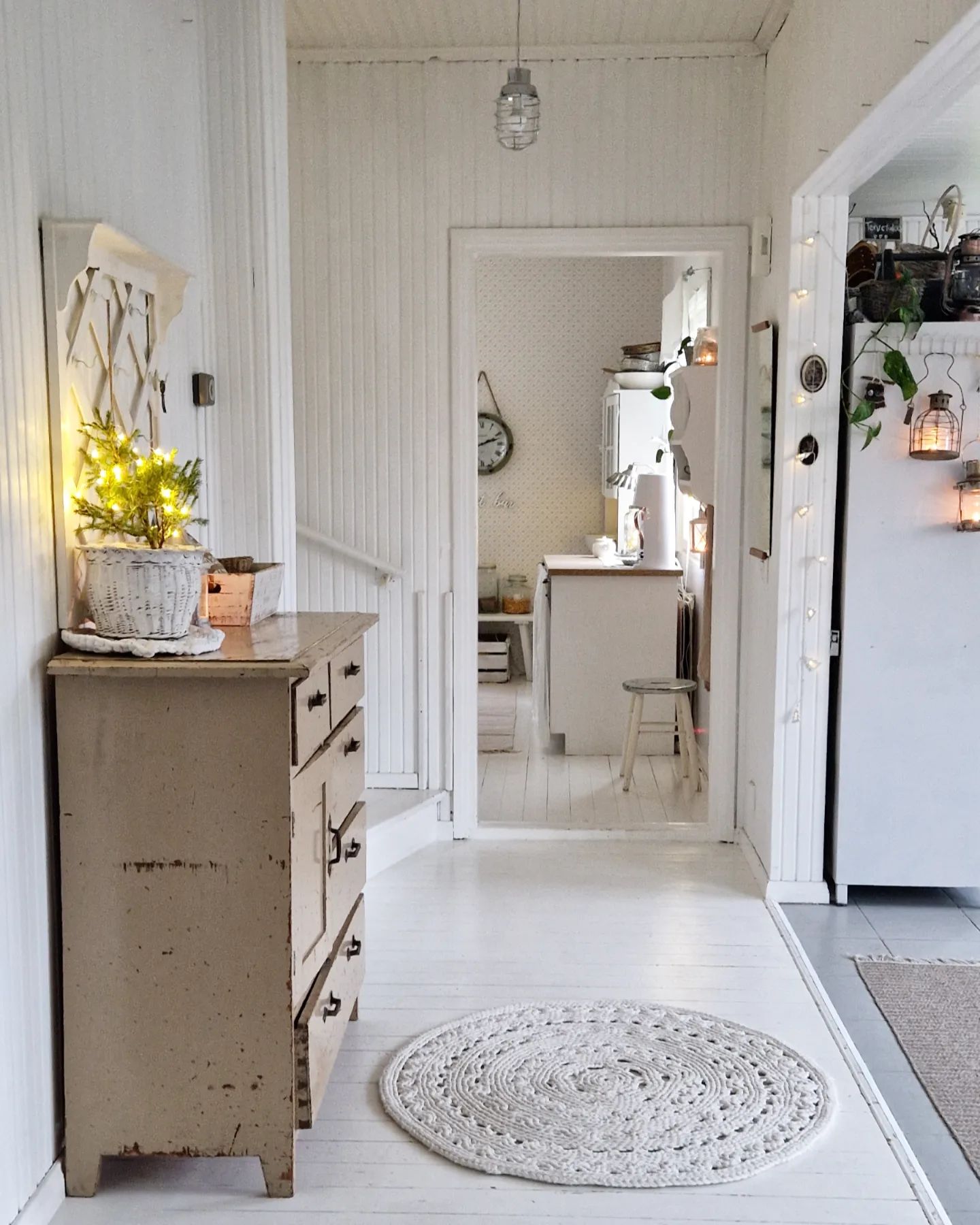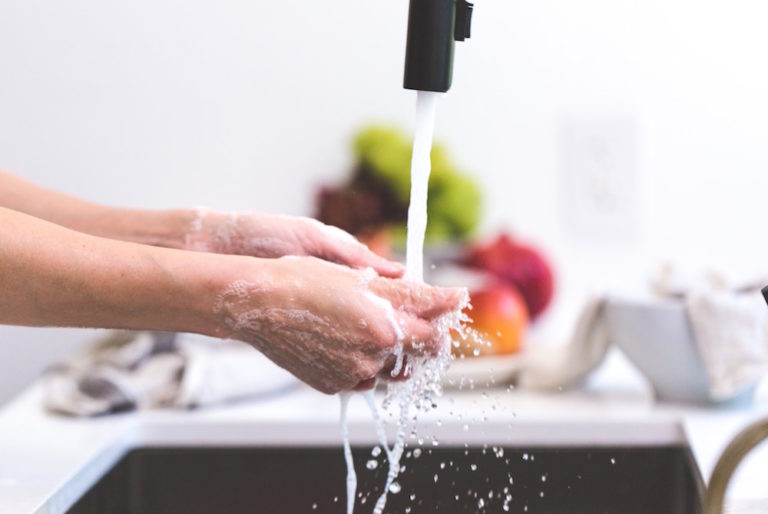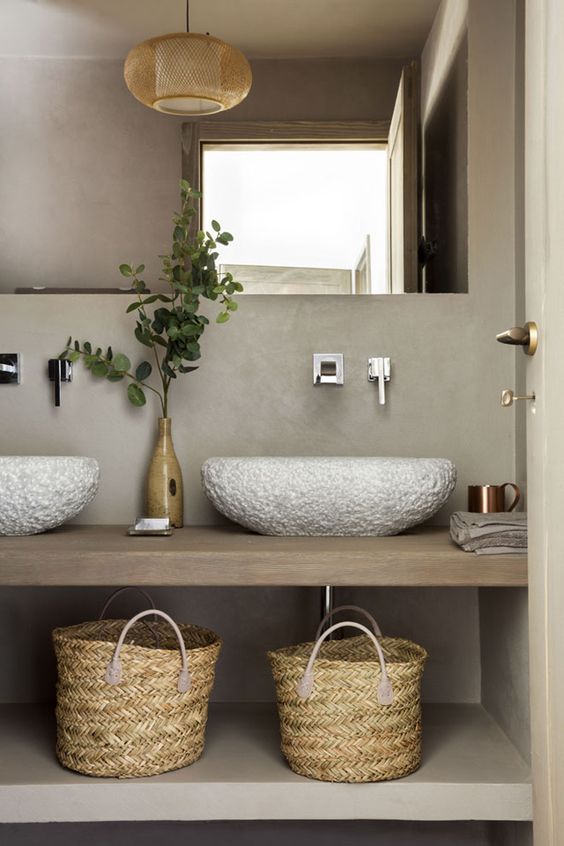Post-Renovation Cleaning Checklist
Post-renovation debris is hazardous. Cleaning after a project’s completion eliminates safety threats. Post-renovation cleaning lets you sort your construction waste out for proper disposal. While the process isn’t simple, following a post-renovation cleaning checklist can help make cleaning easier. It breaks down various worksite areas into particular groups for cleaning.
Cleaning removes the pollutants that build up during renovation, improving air quality. The best checklist should involve the parts that should be cleaned and the kind of cleaning each requires. Described below is a post-renovation cleaning checklist you can follow.
Get the right cleaning supplies
To effectively remove the residue, debris, and dust left behind after renovation, you need the right cleaning essentials. They make the process more efficient while ensuring thorough cleaning. Some of the tools and supplies you need for your post-renovation cleanup exercise include:
- Dusting tools like static or microfiber dusters attract and hold dust to ensure spotless surfaces
- Heavy-duty vacuum cleaner: It helps remove dust from hard-to-reach parts, upholstery, and carpets
- Glass cleaner: Top-quality glass cleaners leave your glass surfaces sparkling clean, minus any residue or streaks. The best cleaner should be ammonia-free and specially meant for glass cleaning
- All-purpose cleaner: It’s versatile, and you can use it on different surfaces, including floors, walls, and countertops
- Mop and bucket: These will come in handy when cleaning hard floors
- Protective gloves: They’ll safeguard your hands from harsh cleaning chemicals
- Scrub brushes: They’re ideal for removing grime and stubborn stains
- Trash bags: Leverage heavy-duty trash bags for proper collection and disposal of post-renovation materials
- Disposable wipes: They’re convenient for efficient and fast surface cleaning
Remove waste
Post-renovation debris and dust pose various health threats. Exposure to this dust and waste can lead to allergic reactions and respiratory problems and worsen the condition of those with pre-existing allergic or respiratory illnesses. In addition, long-term health effects, including lung diseases, may arise. Since renovation leaves considerable waste, removing and disposing of it can be time-consuming and overwhelming. Also, the job requires you to have the right tools and equipment.

Fortunately, hiring a bin rental service can help ensure safe and effective post-renovation debris removal. With this solution, you don’t have to worry about disposing of waste because the service includes debris pick-up, delivery, and disposal.
Focus on stain removal
During renovation, it’s common to find stubborn stains on different surfaces, including countertops, floors, and walls. Some of the stains your surfaces may be left with include:
- Paint stains: They’re the most common and, if ignored, can be hard to remove. Some paint stains may even become permanent
- Plaster and drywall dust: They may leave a fine dust layer that’s hard to eliminate with regular dusting or vacuum
- Tile grout stains: Tile grout is susceptible to staining because it’s usually exposed to construction debris and materials

You may also have to deal with grease, grime, adhesive residue, and carpet stains. Effective removal of these stains requires using the right products and tools.
Hire a professional post-renovation cleaning company
While you can DIY post-renovation cleaning, the process is labor-intensive and time-consuming. Hiring a professional post-renovation cleaning company can be helpful. They have the right equipment, supplies, and experienced personnel to ensure the job is completed in no time.
Endnote
While cleaning after renovation is essential, it isn’t simple. However, following a post-renovation checklist can help ease things.






